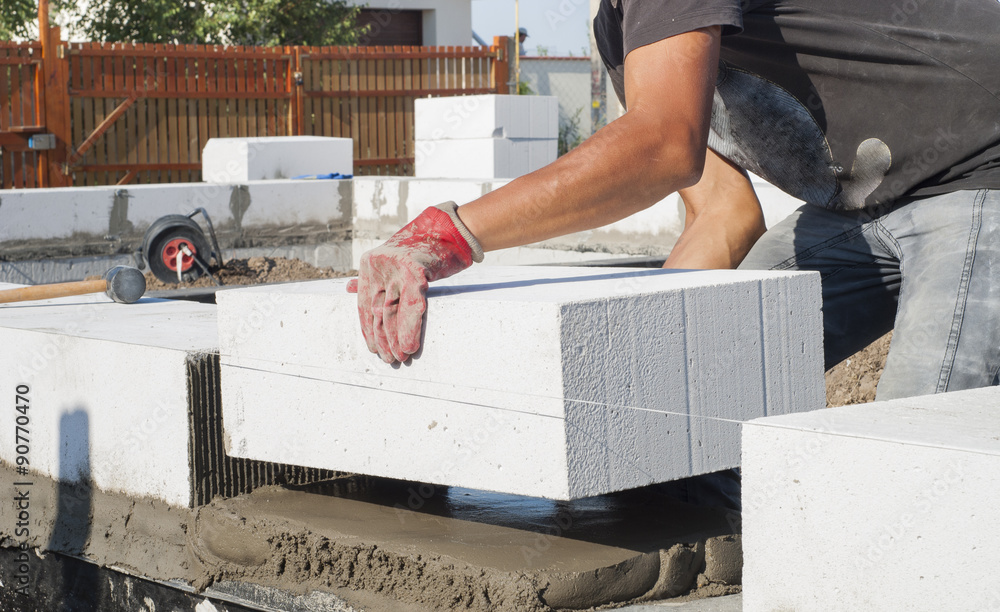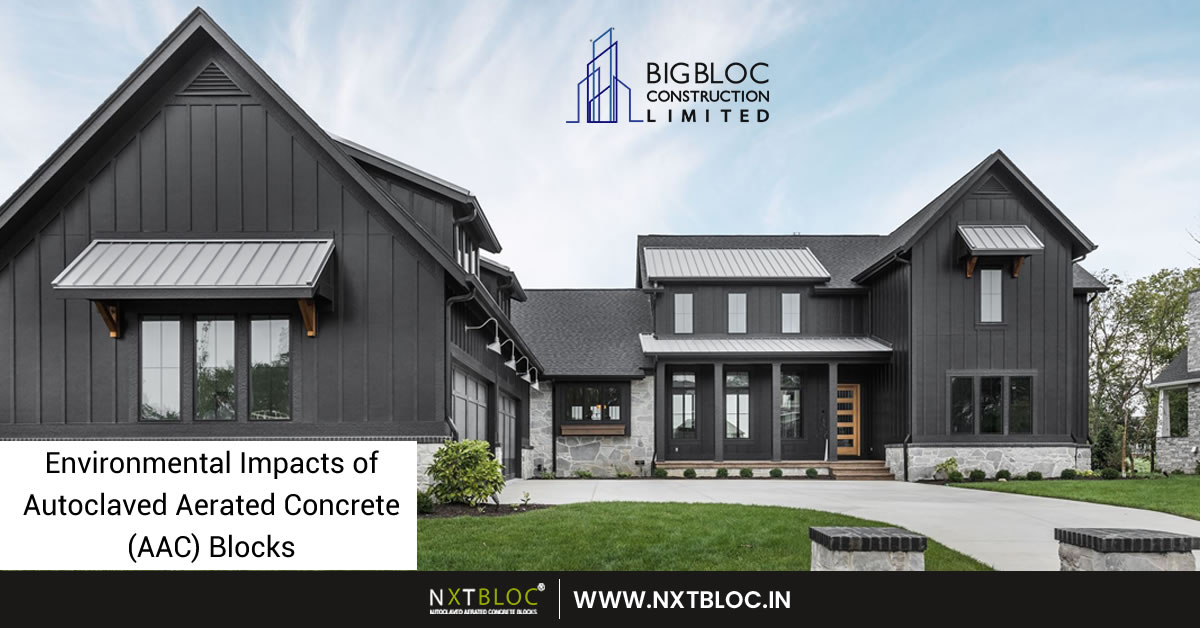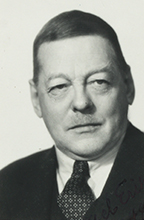Introduction
Autoclaved aerated concrete (AAC) is an eco-friendly building material invented in the mid-1920s by the Swedish architect and inventor Johan Axel Eriksson. AAC is an eco-friendly building material characterized by its simplicity of construction, durability and longevity.
AAC is made from natural materials – lime, cement, silica sand and water
AAC block is made from natural materials – lime, cement and silica sand. It is formed by adding water to the cement and lime mixture. This process is known as hydration; it causes the mixture to expand and become aerated. The expansion of this expanding material creates a porous aggregate that can be used for construction purposes such as floors or walls.
The autoclaving process uses high temperatures within an autoclave chamber to form these blocks at greater rates than other methods such as tamping or press forming

The manufacturing process uses very little energy
The manufacturing process uses very little energy. AAC is made from natural materials – lime, cement, silica sand and water.
The production of an AAC block requires using only a few ingredients that are easy to find in most parts of the world: cement powder (calcium carbonate), silica sand and water. These components are mixed together in small batches using simple equipment such as hand mixers or electric mixers at low speeds so they form large particles with smooth surfaces which can easily be shaped into blocks without any additional processing steps required afterwards such as drying out etc.

AAC products contain millions of tiny air cells
AAC products contain millions of tiny air cells that give AAC excellent insulation properties, which are a key contribution to energy savings in buildings.
AAC products contain millions of tiny air cells that give AAC excellent insulation properties, which are a key contribution to energy savings in buildings.
AAC blocks are produced by mixing lime, cement and water with sand, fly ash, or slag and then heating the mixture in high-pressure autoclaves. These processes produce concrete with high compressive strength at low temperatures (typically around 120°F).
Autoclaved aerated concrete (AAC), also known as autoclaved cellular concrete (ACC) or autoclaved lightweight concrete (ALC), was invented in the mid-1920s by the Swedish architect and inventor Johan Axel Eriksson. AAC is an eco-friendly building material characterized by its simplicity of construction, durability and longevity.
Autoclaved aerated concrete (AAC), also known as autoclaved cellular concrete (ACC) or autoclaved lightweight concrete (ALC), was invented in the mid-1920s by the Swedish architect and inventor Johan Axel Eriksson. AAC is an eco-friendly building material characterized by its simplicity of construction, durability and longevity.
It consists mainly of silica sand, cement and lime in water with air bubbles added to make it lighter than conventional concrete blocks without sacrificing strength or protection from moisture infiltration. The manufacturing process uses very little energy compared to traditional heavy concretes since it does not require heaters or kilns for drying out the mix; instead, hot water is used for heating up materials prior to mixing them together with steam pressure during the production stages

Conclusion
The bottom line is that if you have a desire to use AAC blocks for your projects, then do your homework and be informed of the environmental impacts. This will then allow you to use AAC Block with a clear conscience.
BigBloc Construction Limited is one of India’s biggest producers of AAC blocks and building materials. As a green product for the construction industry, it manufactures excellent quality AAC blocks under the brand name NXTBLOC.

